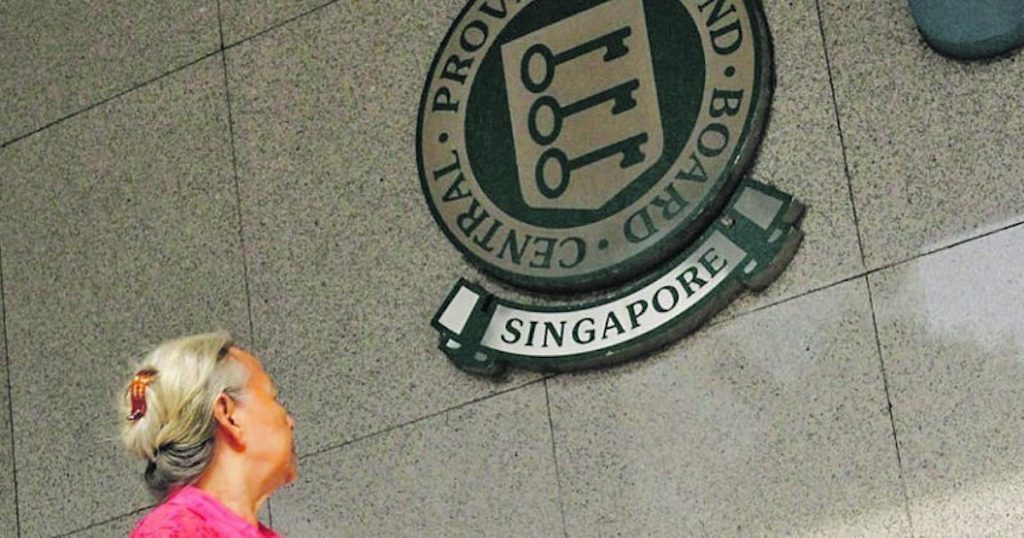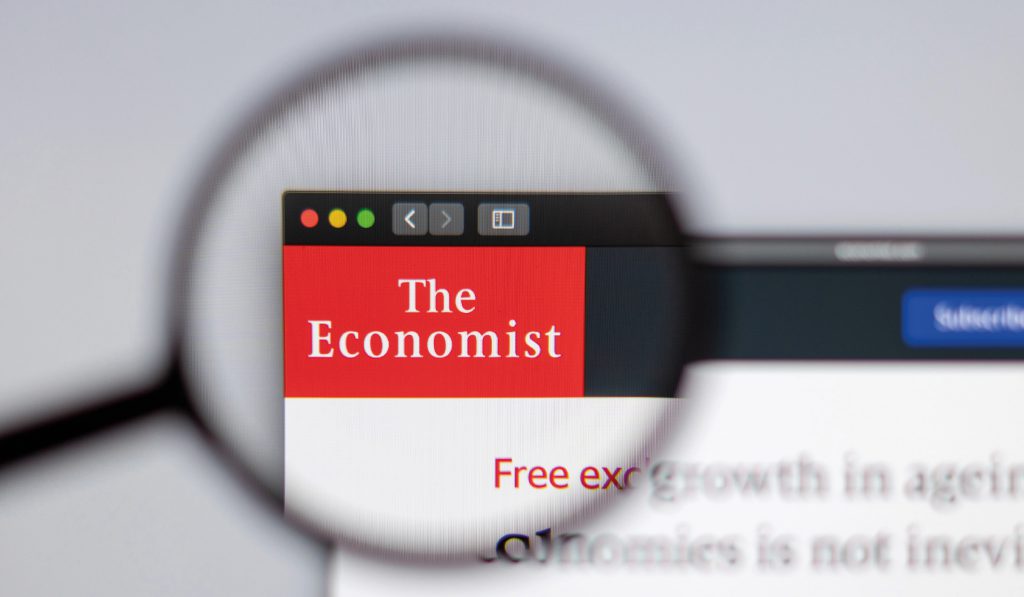Disclaimer: Opinions expressed below belong solely to the author.
Mercer and CFA Institute have released their latest Global Pension Index for 2022, this year covering 44 countries (up by one from a year ago).
Singapore’s Central Provident Fund (CPF) inched up from 10th in 2021 to 9th globally this year (ranking first in Asia, of course), beating countries like the US, UK, New Zealand and even Switzerland.

It is also one of the historically most improved participants, achieving a score of 74.1 in 2022, up from just 57.0 in 2009, on a scale of up 100 points (top ranking nations reach around 85).
Why not rank first?
However, CPF’s prospects of ever topping the ranking are dim, considering Mercer’s recommendations for the fund:
The overall index value for the Singaporean system could be increased by:
- Reducing the barriers to establishing tax-approved group corporate retirement plans
- Opening up CPF to non-residents (who make up a significant percentage of the labour force)
- Increasing the age at which CPF members can access their savings set aside for retirement as life expectancies rise
- Improving the level of communication provided to CPF members
Perhaps, while more could be done to foster growth of a parallel, private pension environment in the country (ad. 1) and more information about CPF’s performance could be provided to all members (ad. 4), the other two suggestions will be impossible to either implement (ad. 2) or accelerate (ad. 3).
The nature of rankings such as this one is that they try to judge different countries on the basis of the same criteria, even if their respective situations might not be comparable.
While it’s hard to argue with the argument that increasing withdrawal and retirement age is necessary in response to growing longevity of the population (what the government is already doing), providing systemic coverage for non-residents in the labour force is simply not possible in Singapore (what, in turn, has cost it a few ranking points).
The reason is really quite simple — the vast majority of non-residents will never settle down in Singapore because there’s no way for them to.
Construction workers or foreign maids (making up the bulk of the foreign workforce) are in the city-state without their families, so they can send them a cut of their monthly earnings and ultimately return to their home countries.
The nature of the foreign worker system in Singapore specifically precludes permanent immigration of low paid workers, as there’s not enough space for everyone here.

In addition, their much lower salaries would make it downright impossible to even save up enough for a suitable pension in the city-state, even if CPF was open to them (not that they themselves would like that, since it would eat into their wages).
In a way, then, they already save up for retirement — just not in Singapore. They have come to the city because it was financially attractive and the money they send back home is supposed to provide a cushion for them when they finally return. So, what sense would there be in offering them pension coverage anyway?
The same is largely true even for better paid S-Pass and EP holders, most of whom will return home at some point. Those who will not, have to become Permanent Residents and at this point, CPF rules begin to apply to them as well.
In other words, everybody working in Singapore is, in one way or another, covered for their pension (albeit in different and often not systemic ways).
As a result, what might make sense for a synthetic ranking might simply not work in given circumstances.
When is it time to call it a day?
Regarding retirement age, on the other hand, the rules of the ranking might not recognise the relatively indirect way it applies to workers in Singapore.

Unlike in most countries, the border between employment and retirement is not fixed.
The minimum retirement age is currently 63 and slated to increase to 65 by 2030, but the re-employment age is 68 and going up to 70. During these five years, soon-to-be retirees can decide to continue working and their employers have to make them a suitable offer.
This approach provides a softer transition from employment into retirement, blurring the line between the two. This encourages people to work longer, so they can enjoy a higher pension in later years.
As such, Singapore doesn’t have a typical “retirement age” that could be compared directly to other countries. Perhaps, a better approach would be to judge the systems by their outcomes (i.e. average age at which people actually retire) rather than by what their laws state.
Improving CPF?
So, is there a way to improve CPF — if not for the ranking standings, then at least for the societal needs in Singapore?
Unlike what many may think (and tend to voice on the Internet), this is a very tough challenge. Fundamentally, CPF is designed to be a self-sufficient social safety net solution, providing for housing, medical and retirement needs, that each person pays for (and inherits what they paid).
On the one hand, it is definitely a much fairer solution than Ponzi scheme type ones in the West, where you pay into a system that is not investing your money and paying it out to current pensioners — and you typically can’t pass the money you paid into the system to your family, even if you die prematurely.
On the other hand, however, because it is designed around financial prudence, there’s less that can be done without placing a greater burden on the payers. If you want more, then somebody has to pay for it — either you, from your pocket, or the government from taxes and other revenues (which means there will be less money for something else).
Considering the fact that CPF is already, demonstrably, acclaimed by analysts abroad, I wouldn’t expect revolutionary changes to how it works as long as it fulfils the requirement of being as good as it can be for the needs of Singapore.
Featured Image Credit: HR in Asia










